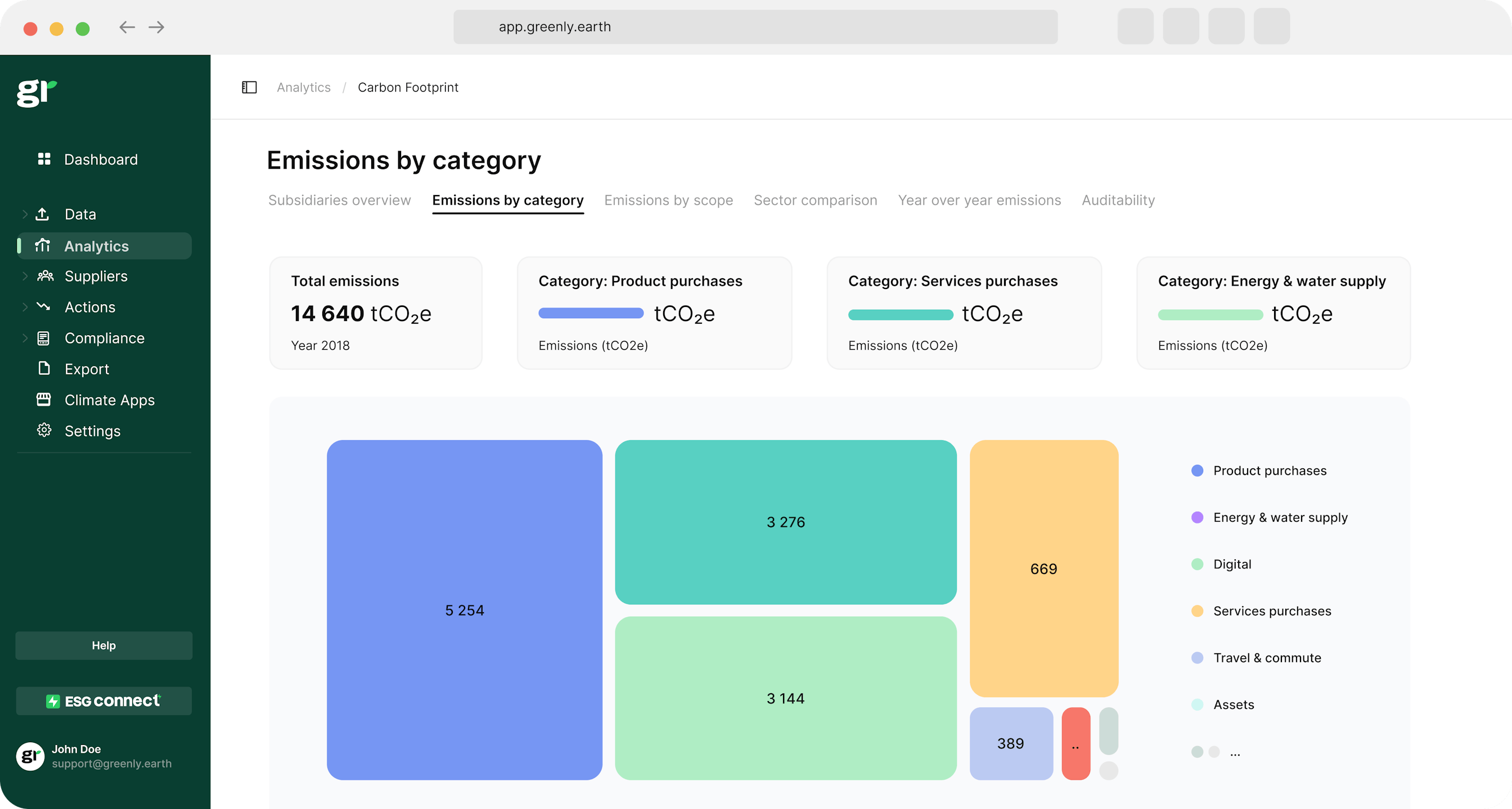
Sustainable Development Goals (SDGs): All You Need to Know
The United Nations has defined 17 goals, aimed at creating a better world. What are these so-called "Sustainable Development Goals" ? Explanations.
ESG / CSR
Industries
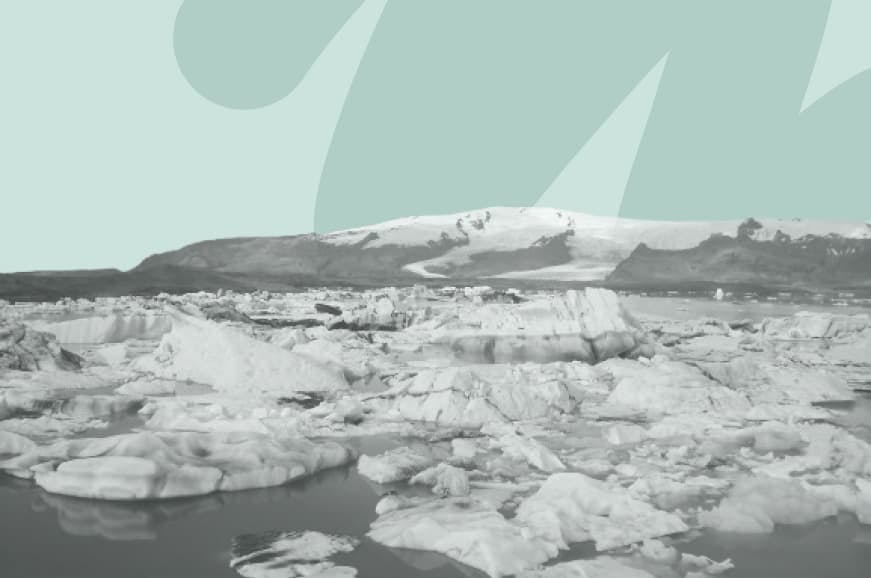


Whenever we think of the Ice Age, the popular cartoon movie series from the 2000s may come to mind – painting the landscape of a human-less world covered in snow, but have you ever heard of the Little Ice Age?
The Little Ice Age, having occurred as recently as in the 1800s – refers to a time period where much of the world experienced significant cooling as a result of various anthropogenic and natural factors.
In this article, we’ll explain what the Little Ice Age was, its impact, and what we should remember from this frigid time period.
The Little Ice Age, often abbreviated as LIA, refers to the climate which occurred between the early 14th century through the mid-19th century, where glaciers across Alaska, Europe, and even New Zealand were more prominent and the average global temperature had rapidly declined.
💡It’s important note that the Little Ice Age wasn’t a part of the official Ice Age, but rather marked as a time period of significantly cooler temperatures that lasted well into the mid-1800s prior to the start of the Industrial Revolution.
The Little Ice Age is best known for its global drop in average temperatures, which led to more grandiose glaciers, harsher winters, and less fruitful harvests in certain regions of the world as a
result of frigid temperatures.
Here are some additional facts on the Little Ice Age:
👉 The Little Ice Age is often studied to further understand the complexities of our climate systems and how natural occurrences and other human activities can have an impact on rising global temperatures.
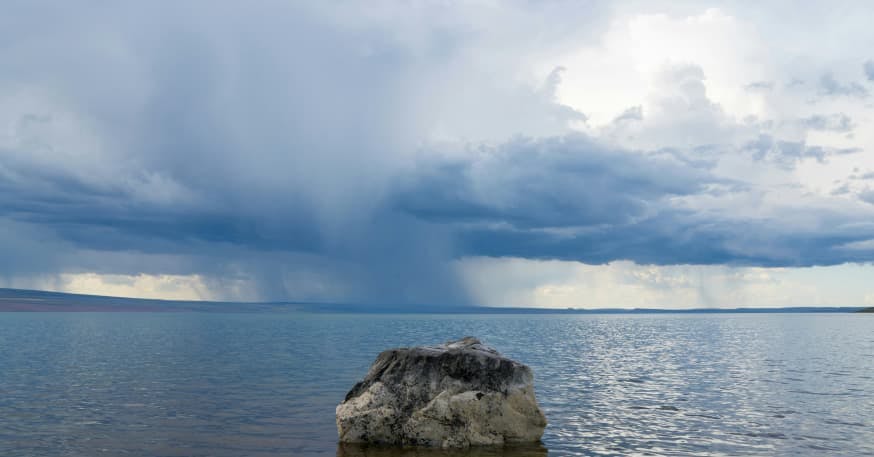
The Little Ice Age (LIA) is known to have started in the 1300s and ending in the mid 1800s, right around the time the first industrial revolution began.
Here’s a breakdown of the Little Ice Age:
In the 1250s, the expansion of various Atlantic glaciers began – in addition to erupting volcanos in Indonesia in 1257, which further contributed to global cooling.
Once the 14th century hit, summers in Europe were noticeably cooler – with the Great Famine in Europe taking place between 1315 and 1317. These cold, wet winters marked the beginning of long-term temperature drops.
In the 1400s, glacial expansion continued – such as with Lambatungnajökull and Vatnajökull, which are both glaciers in Iceland that proved especially susceptible to changes in climate during the Little Ice Age.
Furthermore, the Grindelwald Fluctuation, which refers to a time period of worldwide glacial expansion, kicked off in 1560 – which cooled global temperatures even more.
After the Maunder Minimum, temperatures reached an all time low – such as with The Great Frost of 1709, which saw major European countries struggle both agriculturally and economically.
In 1816, the infamous “Year Without Summer” occurred following the eruption of Mount Tambora – which contributed to further crop failures and low temperatures.
💡However, the Little Ice Age finally met its end beginning in the mid-19th century, as a result of the Industrial Revolution and the newfound spike in greenhouse gas emissions. The gradual warming as a result of increased industrialization helped to pull the world out of the Little Ice Age.
The table below reveals the timeline for the Little Ice Age (LIA) and key distinguishing features from each time period through the Little Ice Age
| Century | Key Impacts of the Little Ice Age |
|---|---|
| 14th Century |
- Beginning of the Little Ice Age around the 1300s. - Harsh winters and shorter growing seasons in Europe. - Famines such as the Great Famine (1315-1317) affected millions. - Crop failures and rising food prices led to widespread malnutrition. |
| 15th Century |
- Expansion of glaciers in the Alps and Scandinavia. - Decline in Viking settlements in Greenland due to cooling climate. - Coastal sea ice increased, affecting trade and fishing. - Severe storms and wetter conditions in Northern Europe. |
| 16th Century |
- Notable cold spells like the winter of 1564-1565. - Frequent crop failures in Europe and Asia. - Social unrest and population pressures due to food scarcity. - Ice fairs on frozen rivers, such as the Thames in England. |
| 17th Century |
- Intensification of cold conditions, especially in the mid-1600s. - The Great Frost of 1709 caused severe agricultural losses in Europe. - Collapse of Ming Dynasty in China linked to climate stress. - Increased prevalence of famines, plagues, and social upheaval. |
| 18th Century |
- Gradual recovery of temperatures towards the end of the century. - Continued agricultural hardships, such as in France during the early 1700s. - Scientific interest in climate variability grew, paving the way for future studies. - Glacial expansion slowed, marking the decline of the Little Ice Age. |
👉 Ultimately, this timeline demonstrates the extreme variability in both temperatures and human practices throughout the Little Ice Age – as the societal impact created from these low temperatures remain palpable.
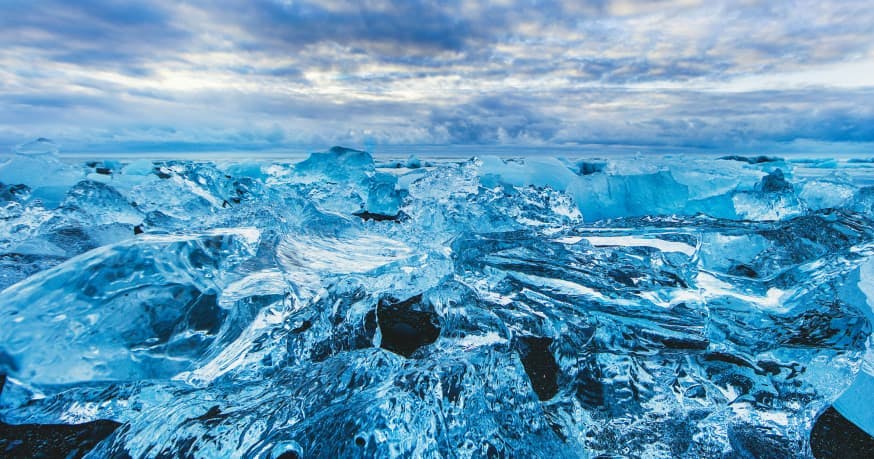
The Little Ice Age affected humans in a multitude of ways, such as by contributing to widespread famines, economic challenges, and social consequences.
💡 In the same way that extreme heat has had an impact on our day-to-day life, consistently cold temperatures can take a toll on mankind as well – as it becomes impossible to produce enough food and create conducive living conditions with severe weather of any kind.
Here are just a few of the ways that the Little Ice Age affected the global population:
👉 Overall, the Little Ice Age created agricultural challenges, disrupted the current socioeconomic structure, and even lead to extreme starvation – demonstrating how extremely low temperatures can be just as catastrophic as the high temperatures we are experiencing now.
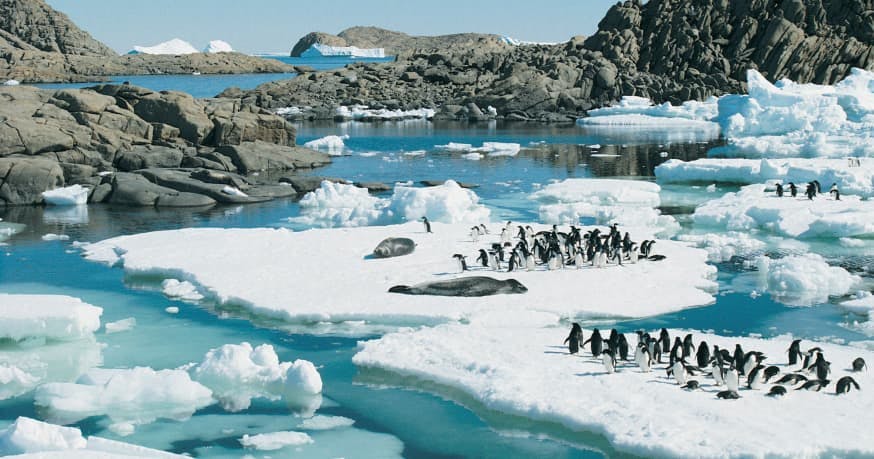
While the possibility for another Little Ice Age could occur, it would take a long time for global temperatures to cool down – as climate change has raised temperatures by 0.11° Fahrenheit (0.06° Celcius) each decade since 1850, which is right around when the Industrial Revolution began.
💡Furthermore, specific Earth movements would have to occur to send the world into another Little Ice Age, and these conditions aren’t likely to arise in the near future.
However, despite the fact that another Little Ice Age isn’t bound to happen anytime soon – there are still key lessons to be learned from the most recent Little Ice Age and how the threat of drastically changing temperatures can create a profound impact on the human species.
Ultimately, we should remember that the Little Ice Age was a time period of significantly cooler temperatures that had an impact on society and the economy
💡Despite being on opposite sides of the spectrum, the Little Ice Age revealed to us how an episode of drastic changes in climate can impact society – in the same exact way that skyrocketing global temperatures today are creating a profound effect on our world and the way we must adjust accordingly to operate in the midst of climate change.
It’s true that there are viable comparisons to be made between the Little Ice Age (LIA) and the current climate crisis we face today, but the two manifested in antithetical ways – as the weather changes caused by the Little Ice Age were less universal than the effects of climate change in 2025.
For example, the Little Ice Age illustrated that different places could drop in temperature at different times – especially when the sun’s radiation arbitrarily decreased and left certain parts of the world without sun for decades at a time. As Europe and North America experienced more cooling than Asia and Africa during the Little Ice Age, it illustrates how its effects were not uniform. This phenomenon of randomized fluctuations in climate hasn't been as prevalent in the current climate crisis, as the severity of temperature shifts weren’t as drastic during the Little Ice Age as they are today.
👉 Furthermore, the Little Ice Age didn’t anticipate further cooling – whereas scientists continue to estimate that if human activity continues at the rate it is now, we will steadily warm the planet by 1.5 °C by 2050.
The Little Ice Age resulted in not only the loss of many lives, but additional social and economic upheaval – especially in Europe.
Frigid winters lead to crop failures, famines, and eventual social unrest – such as how the French Revolution occurred after years of insufficient harvest seasons and how a major storm contributed to the destruction of the Spanish Armada.
Here were some of the additional global impacts of the Little Ice Age:
The Little Ice Age contributed to:
The Little Ice Age reminds us how even modest shifts in climate can disrupt ecosystems, economies, and society as a whole – depicting the importance of understanding and addressing climate issues we face today.
💡In addition to this, the Little Ice Age highlights the fact that in today’s world – we have more advanced technologies to help us deal with the climate crisis at hand. If people were able to survive the effects of the Little Ice Age with no access to technology for assistance, we should be able to withstand a fight against climate change.
The Little Ice Age can serve as a contextual guide to help us understand how past climate variability and anthropogenic factors can result in challenging endeavors – such as the effects of natural disasters and even impacts to our global economy.
Ultimately, the Little Ice Age reminds us that severe weather conditions, whether freezing cold or blistering hot – can elicit a unique effect on human society. We should seek to use the Little Ice Age as a guide for how the effects of climate-related catastrophes could bear long-term consequences, and use it as inspiration to avoid the same repercussions on the flip side with the skyrocketing temperatures we are witnessing today.
If reading this article on the Little Ice Age has inspired you to consider your company’s own carbon footprint, Greenly can help.
At Greenly we can help you to assess your company’s carbon footprint, and then give you the tools you need to cut down on emissions. We offer a free demo for you to better understand our platform and all that it has to offer – including assistance with boosting supplier engagement, personalized assistance, and new ways to involve your employees.
Learn more about Greenly’s carbon management platform here.
